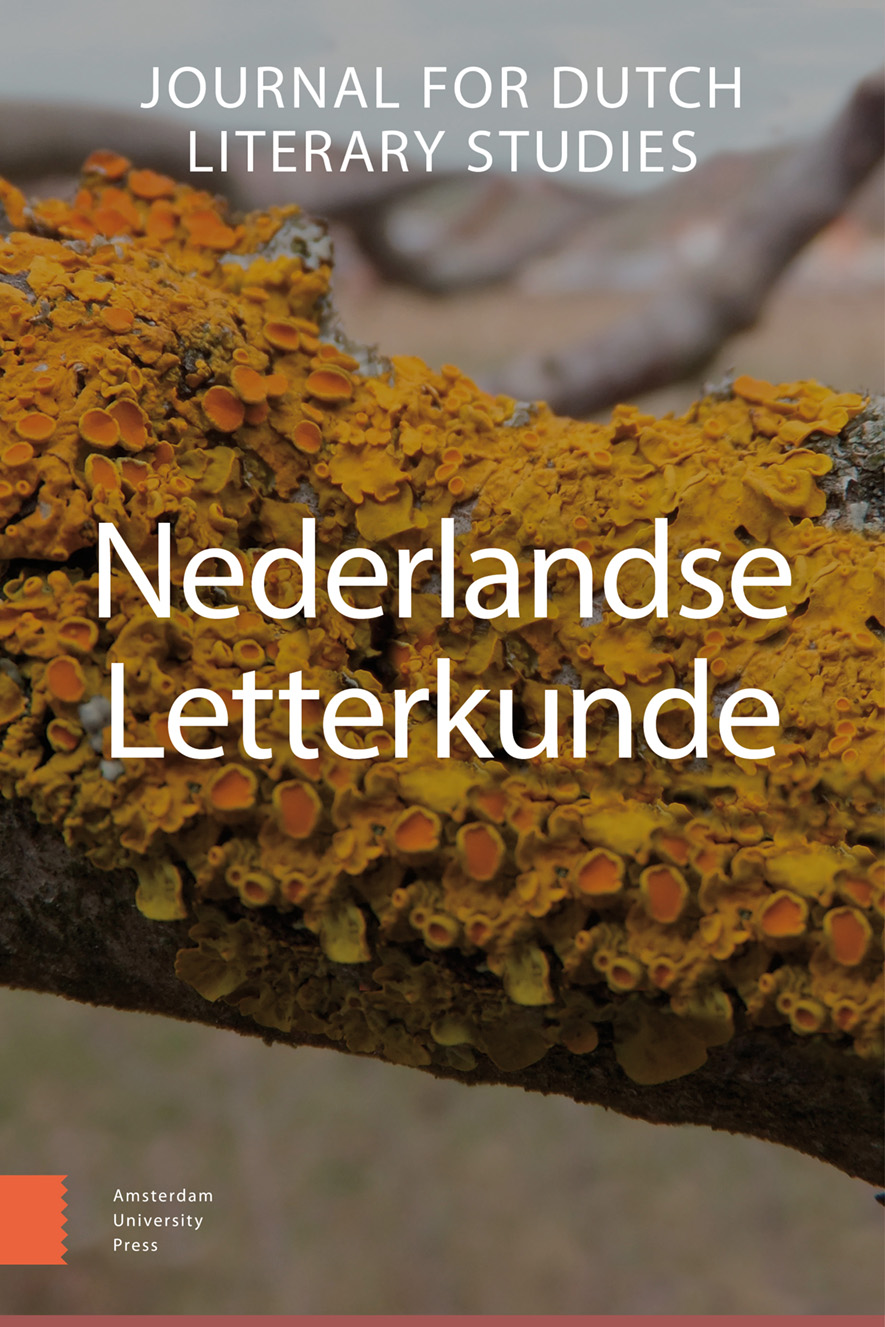
Full text loading...
In Babylon (1997) by the Dutch author Marcel Möring seems to be highly self-reflexive, just in line with the non-committed way most postmodern novels have been characterized. What tends to be overlooked in this characterization however is that a very real historic event lies at the basis of the novel’s foundation, namely the Shoah and its aftermath. This event permeates the whole structure of the novel. As argued in this article, this foundation is implied, amongst other things, by the presence of ghosts. Read in conjunction with Van Dijk’s and Whitehead’s analyses of trauma in contemporary novels, and with a focus on haunting and intertextuality, this article demonstrates both the presence of and the struggle of the text with the notion of loss.

Article metrics loading...

Full text loading...
References


